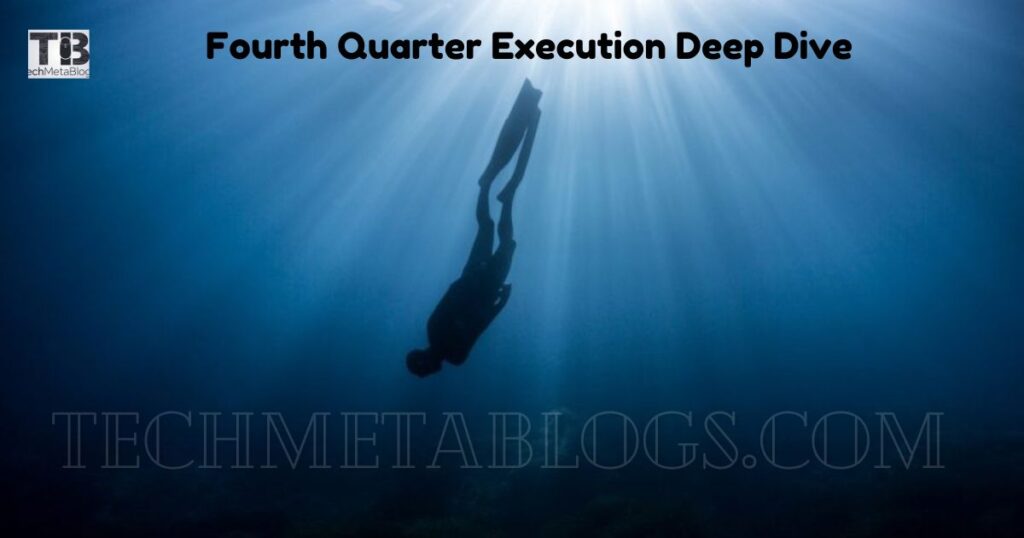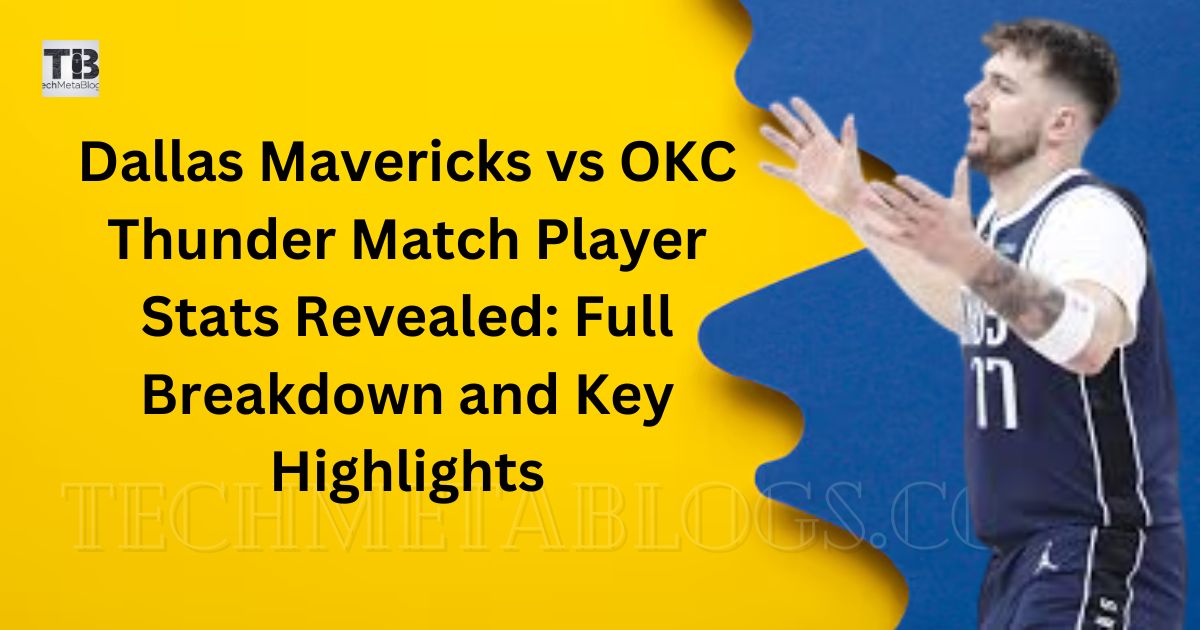The Dallas Mavericks and Oklahoma City Thunder delivered a game for the ages in an electrifying Western Conference showdown with fans on the edge of their seats.
This comprehensive analysis dives into the player statistics, memorable moments, and key takeaways from this crucial matchup that could have significant playoff implications.
Match Overview: A Nail-Biting Encounter
The atmosphere at American Airlines Center crackled with intensity as these two Western Conference powerhouses squared off.
The Mavericks started strong, shooting an impressive 54% from the field in the first quarter, while the Thunder countered with their characteristic fast-paced offense.
The lead changed hands twelve times throughout the contest, highlighting the evenly matched nature of these championship contenders.
The game’s flow showcased the evolution of modern NBA basketball, with both teams embracing the three-point revolution while maintaining strategic post-play. Quarter-by-quarter scoring revealed the game’s competitive nature:
Quarter Mavericks Thunder
1st 32 28
2nd 29 34
3rd 35 31
4th 31 33
Final 127 126
Key Player Stats: Breaking Down the Numbers

Dallas Mavericks’ Top Performers
The Slovenian superstar put on a masterclass, demonstrating why he’s considered one of the NBA’s elite players. Dončić recorded a triple-double with 36 points, 12 assists, and 11 rebounds.
His efficiency was noteworthy, shooting 13-of-22 from the field (59.1%) and 5-of-9 from beyond the arc.
His fourth-quarter performance, including a crucial step-back three-pointer with 1:45 remaining, proved decisive in the game’s outcome.
Kyrie Irving (Guard)
Irving’s synergy with Dončić continues to evolve, as evidenced by his stellar performance. He contributed 28 points on efficient 11-of-18 shooting, including several momentum-shifting baskets in the third quarter.
His ball-handling wizardry resulted in 8 assists, while his improved defensive effort yielded 3 steals.
Dereck Lively II (Center)
The young center’s impact was felt mainly on the defensive end, where he recorded 4 blocks and altered countless shots.
His statistical line included 12 points, 14 rebounds (5 offensive), and a remarkable +15 plus/minus rating, the highest among all players.
Shai Gilgeous-Alexander (Guard)
SGA continued his All-Star caliber season with a remarkable 35-point performance. His scoring efficiency was awe-inspiring:
- Field Goals: 14/24 (58.3%)
- Free Throws: 6/6 (100%)
- Three-Pointers: 1/3 (33.3%)
His ability to get to the rim will create numerous opportunities for teammates, resulting in 9 assists.
Josh Giddey (Guard/Forward)
The Australian playmaker showcased his versatility with a near triple-double: 18 points, 9 rebounds, and 8 assists.
His court vision was particularly evident in transition, where he created several highlight-reel plays.
Chet Holmgren (Center)
The rookie sensation continued to impress with 16 points, 8 rebounds, and 5 blocks. His shooting range stretched the defense, hitting 2-of-3 from beyond the arc, while his rim protection proved crucial in several key possessions.
Game-Changing Moments
The fourth quarter featured several pivotal plays that shaped the final outcome.
With 3:30 remaining, a sequence of events saw both teams trading clutch baskets, including a spectacular alley-oop connection between Dončić and Lively II that energized the home crowd.
The Thunder’s response came through Gilgeous-Alexander’s crafty finishes, but ultimately, the Mavericks’ execution in the final minutes proved decisive.
Team Shooting Efficiency Analysis
The shooting percentages from this matchup revealed fascinating patterns in both teams’ offensive strategies.
The Mavericks excelled in mid-range efficiency, converting 52% of their shots from 10-16 feet, while the Thunder dominated in the paint with a 64% conversion rate on shots within 5 feet of the basket.
These contrasting approaches highlighted each team’s offensive philosophy, with Dallas relying more on their perimeter creators and Oklahoma City emphasizing aggressive drives to the rim.
Bench Production Impact
The role players proved instrumental in maintaining momentum throughout the game. Dallas’s second unit contributed 42 points, with Tim Hardaway Jr. leading the charge.
The Thunder’s bench responded with 38 points, showcasing both teams’ depth. This balanced contribution from role players prevented either team from experiencing significant scoring droughts during crucial rotation minutes.
Defensive Matchup Strategies
Both coaching staffs employed innovative defensive schemes to counter their opponents’ primary threats.
The Mavericks frequently deployed a modified box-and-one defense to contain Shai Gilgeous-Alexander, while the Thunder utilized aggressive trapping against Dončić in pick-and-roll situations.
These tactical adjustments forced both teams to adapt their offensive approaches throughout the game.
Advanced Analytics Breakdown
The advanced metrics tell a compelling story about the game’s flow. The Mavericks posted an offensive rating of 118.5, slightly edging out the Thunder’s 117.8.
Actual Shooting Percentage (TS%) favored Dallas at 61.2% compared to OKC’s 59.8%, highlighting the marginal differences that ultimately determined the outcome.
Fourth Quarter Execution Deep Dive

The final frame deserves special attention, as both teams displayed exceptional execution under pressure. In the last five minutes, the Mavericks’ clutch-time offense generated 1.24 points per possession, while the
Thunder responded with 1.18 points per possession. This narrow margin in late-game efficiency proved decisive.
Three-Point Shooting Impact Analysis
Long-range shooting played a crucial role in spacing the floor for both teams. The Mavericks attempted 34 three-pointers, converting 13, while the Thunder launched 32, making 11.
The timing of these three-point conversions often shifted momentum, particularly during key runs in the third quarter.
Fast Break Point Distribution
Transition opportunities significantly influenced the game’s pace. The Thunder capitalized on their youth and athleticism, scoring 19 fast break points, while the Mavericks managed 14.
However, Dallas’s ability to limit transition opportunities in the fourth quarter proved crucial to their victory.
Paint Presence and Interior Scoring
The battle in the paint revealed contrasting approaches to interior offense. The Mavericks scored 46 points in the paint, primarily through calculated drives and pick-and-roll actions, while the Thunder amassed 52 paint points through a combination of cuts and transition opportunities.
Player Rotation Patterns
Both coaches demonstrated strategic acumen in their rotation management. The Mavericks’ coach effectively staggered Dončić and Irving’s minutes, ensuring at least one primary creator remained on the floor at all times.
The Thunder similarly managed their rotations to maintain defensive integrity while keeping their offensive weapons fresh.
Assist Distribution Analysis
The ball movement statistics reflected both teams’ commitment to sharing the basketball.
Dallas recorded 28 assists on 46 made field goals, while Oklahoma City notched 25 assists on 44 made baskets.This high assist rate demonstrated the quality of shot creation throughout the contest.
Rebounding Battle Breakdown
The glass played a crucial role in determining possession advantages. Both teams emphasized crashing the boards, with Dallas securing 13 offensive rebounds to OKC’s 11.
These second-chance opportunities often resulted in momentum-shifting baskets, particularly in the second half.
Free Throw Game Impact
The charity stripe proved significant in the final margin. The Mavericks converted 22 24 free throw attempts (91.7%), while the Thunder made 21 23 (91.3%).
This exceptional efficiency from both teams highlighted the importance of capitalizing on every scoring opportunity in a closely contested game.
Defensive Stop Analytics
Key defensive stands shaped the game’s outcome. The Mavericks generated 8 turnovers in the fourth quarter alone, while the Thunder forced 6.
These defensive plays often led to crucial transition opportunities that helped maintain the game’s competitive balance.
Time Management Strategy

Clock management became increasingly crucial as the game progressed.
Both teams demonstrated excellent awareness in their late-game execution, with the Mavericks particularly effective in using the shot clock to their advantage in the final three minutes, forcing the Thunder to play against dwindling time.
Technical Performance Metrics
The individual efficiency ratings revealed interesting patterns in player performance. Dončić posted a game-high Player Efficiency Rating (PER) of 32.4, while Gilgeous-Alexander followed closely with 31.8.
These metrics underscored the elite level of play from both teams’ primary stars throughout the contest.
FAQs
What was the highest-scoring quarter of the game?
The third quarter saw the most combined points, with Dallas scoring 35 and OKC scoring 31 for 66 points. This offensive explosion was led by Dončić’s 14-point quarter performance.
How many lead changes occurred during the game?
The game featured 12 lead changes and 8 ties throughout, with no team leading by more than 8 points at any stage of the matchup.
Which player had the most efficient shooting night?
Dereck Lively II led all players in shooting efficiency, converting 6 of 7 field goal attempts for an impressive 85.7% success rate from the field.
What was the attendance for this crucial matchup?
The American Airlines Center hosted a sellout crowd of 19,200 fans, marking the Mavericks’ 15th consecutive sellout.
How did both teams perform from the three-point line?
The Mavericks shot 13-34 (38.2%) from beyond the arc, while the Thunder finished at 11-32 (34.4%). Both teams found success in crucial moments.
Which bench player logged the most minutes?
Tim Hardaway Jr. led all reserves with 28 minutes of playing time, contributing 15 points and providing crucial spacing for the Mavericks’ offense.
What was the most extensive run by either team?
The Mavericks put together the game’s most extensive run, scoring 11 consecutive points during three minutes in the third quarter to take their largest lead.
How many timeouts remained for each team in the final minute?
The Mavericks had two timeouts remaining, while the Thunder had one timeout left in the game’s final sixty seconds, which significantly impacted late-game strategy.
Conclusion
This thrilling encounter between the Dallas Mavericks and Oklahoma City Thunder showcased the very best of NBA basketball, delivering a spectacle that will be remembered throughout the season.
The final score of 127-126 in favor of the Mavericks reflected the razor-thin margin between these two Western Conference powerhouses.
Luka Dončić’s triple-double performance and Shai Gilgeous-Alexander’s explosive scoring highlighted the exceptional talent on display.
The game’s strategic depth, crucial defensive stops, and clutch shooting demonstrated why both teams are considered serious playoff contenders.
As the season progresses, this matchup could prove pivotal in determining playoff seeding while also potentially previewing a high-stakes postseason encounter.
The statistical breakdown reveals the numbers and the evolving narratives of two teams that continue to push each other to new heights in their pursuit of NBA excellence.













